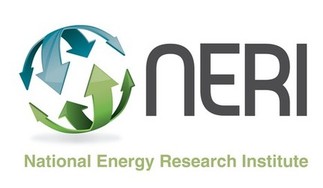NZ Battery Project E-News - July 2023
The Energy and Resources Minister’s last report back to Cabinet earlier this year, signalled the end of the Project’s Phase 1 feasibility studies. At that time, Cabinet agreed to progress to the next stage of the NZ Battery Project, looking at the viability of:
- Pumped hydro at Lake Onslow
- Pumped hydro in the Upper Moawhango area.
- A portfolio approach that draws on a range of technologies
The Energy and Resources Minister is scheduled to report back to Cabinet soon with an update on the NZ Battery Project. The aim of this is to provide an update on the NZ Battery Project and determine which option or options to continue into the Detailed Business Case stage.
Phase 1 reports
Two Phase 1 documents relating to the portfolio approach have been published on the NZ Battery Project webpage today.
Possible alternative approaches to the dry year problem – MBIE
The first report, by WSP Ltd, is an options analysis of 12 non-hydro technologies, which were identified as having potential as possible solutions to the dry year problem. These alternatives can be categorised into 5 broad technology types: air storage, bioenergy, flexible geothermal, flow batteries and hydrogen.
WSP’s report explores the commercial, environmental and technical feasibility of these options. It evaluates the technologies to identify and recommend the top three options to be further explored as part of the portfolio approach. MBIE, along with other external experts, agreed with WSP’s recommendations.
Other Technologies Feasibility Study – Options Analysis Report [PDF 5,200 KB]
The second report, also by WSP Ltd, takes a closer look at the 3 most feasible non-hydro options for contributing to a dry year solution. It examines key considerations of each technology type, including possible risks and opportunities, and cost estimates based on a ‘base case’ scenario.
The base case scenarios are conceptual at this stage, and WSP does not explore how these could be re-configured, scaled or replicated. The base case scenarios were not intended to be optimised, but used to understand the feasibility, costs, benefits, risks and opportunities of using these technologies at a scale significant enough to materially impact the dry year problem. This allowed us to compare them to the Lake Onslow option and the counterfactual through the multi-criteria analysis.
Other Technology Feasibility Study – Feasibility Assessment Report [PDF 6,600 KB]
Other Phase 1 reports are being prepared for publishing. We will provide an update on this work through this e-news closer to the time of publishing.
